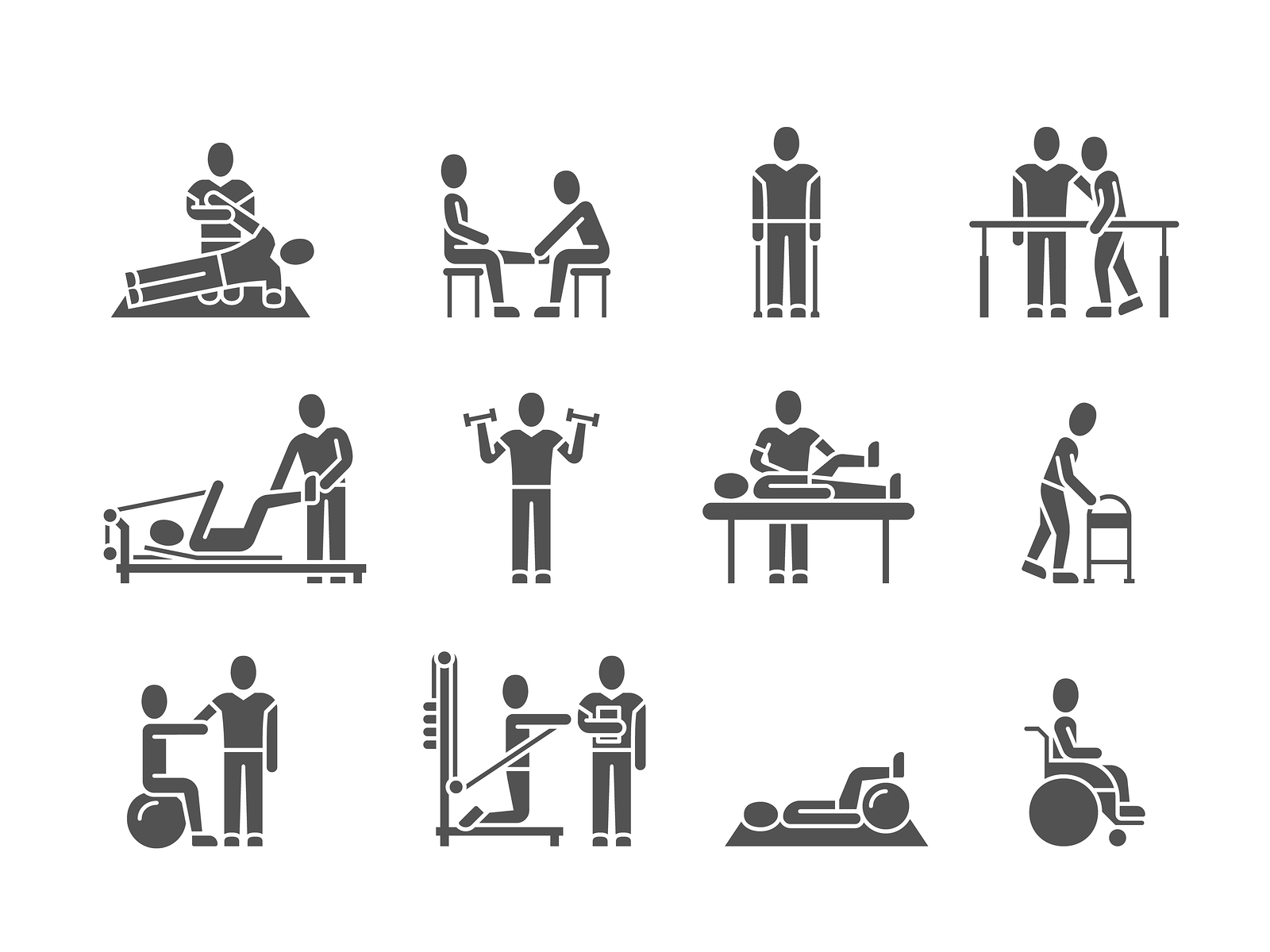
We recently finished another round of our increasingly popular Volunteer Orientation Course. As part of the final assignment members were tasked to write an original piece of work to share with the profession, the contributions were of the highest quality. Below is the great piece of work written by Lauren Lopez.
Goal setting. SMART goals. Client-centred goals. Goal setting and the best way to do it are hot topics in rehabilitation. A quick search through rehabilitation literature reveals a growing body of literature dedicated to the methods and evidence for goal setting with clients during rehabilitation. There is no consensus on a gold standard for a method of goal setting but it is widely held that it is a priority for guiding rehabilitation interventions toward achievable and meaningful outcomes. In the absence of a gold standard there are many research reports documenting health professionals’ opinions on and approaches to goal setting we can refer to. But what about our clients’ perspectives?
What Goal Setting Means to People Undergoing Rehabilitation.
In an attempt to answer this question a recent qualitative research report explored rehabilitees’ perspectives of goal setting. Published in April of this year, Alanko and colleagues used phenomenology to explore the meanings of goal setting for 20 people working with a multidisciplinary team in an inpatient rehabilitation setting. The mean age was 66 years and 65% were male. Thirteen of the 20 people were recovering from a stroke, four from musculoskeletal problems and three from other diseases. People were excluded from the study if they demonstrated cognitive impairment and/depression (determined by the Mini-Mental State Examination scale and the Beck’s Depression Index, respectively).
To explore the meanings of goal setting for these 20 people, data were collected in two ways. The first way was one author observed goal setting meetings (using the goal attainment scale method) between each rehabilitee and their multidisciplinary team. The second was via semi-structured interviews with each rehabilitee. These observations and interviews took place over seven-month period. The first author then transcribed the interviews, documented their own observations and biases. Next the authors used a seven-step method (Spiegelberg’s) to explore the essence of the goal setting experience and look for relationships between different meanings for each rehabilitee and the group of 20 as a whole. The authors used this systematic method to ensure validity of the results.
The results revealed five meanings of goal setting from the rehabilitees:
- “Trust in the rehabilitation situation, professionals, oneself, and relatives”
- “Respectful presence”
- “Confusing awareness”
- “Disturbing pain”
- “Fear of unpredictability”
How Can this Information Help us as Physiotherapists?
These research findings are important because they align with, and complement, other research in goal setting in rehabilitation. Alanko et al’s findings are also important because they bring to light the all-important perspectives of the very people we centre our care on.
This research tells us that rehabilitees undergoing inpatient rehabilitation (usually at the start of their rehabilitation) find goal setting meaningful when they collaborate with professionals who have expertise in setting goals to help their recovery (Meaning One). Rehabilitees also value their own autonomy (meaning 1) and being listened to by health professionals in goal setting and being able to trust their own abilities to achieve goals (Meaning Two).
The beginning of rehabilitation is a new and confusing time for rehabilitees. They have to process a lot of new information and come to terms with a new and changing disability (Meaning Three).
Experiencing pain during goal setting was a practical concern for the rehabilitees, some of whom struggled to concentrate during the goal setting meetings (Meaning Four). As clinicians, we should be aware of our client’s comfort during such meetings and of course address any pain issues impacting on our client’s wellbeing.
Lastly, the uncertainty around an event like a stroke and the path of recovery and rehabilitation that follows can cause significant fear (Meaning Five) for our clients. Clinicians can use goal setting situations to open up a discussion about the future, the client’s fears and work those into meaningful goals which the client and team can work on together.
Conclusions
Goal setting is important in guiding rehabilitation interventions to meaningful outcomes for our clients. Physiotherapists can positively influence the goal setting process by listening to their client, offering expertise where needed, incorporating the client’s skills, abilities and desires. We should also be mindful of the uncertainty, fear and pain our client may be experiencing and address these issues to optimise rehabilitation for our client.
References
- Playford ED, Siegert R, Levack W, Freeman J. Areas of consensus and controversy about goal setting in rehabilitation: a conference report. Clin Rehabil. 2009. 23(4): 334-344.
- Rosewilliam S, Roskell CA, Pandyan AD. A systematic review and synthesis of the quantitative and qualitative evidence behind patient-centred goal setting in stroke rehabilitation. Clin Rehabil. 2011. 25(6): 501-514.
- Wade DT. Goal setting in rehabilitation: an overview of what, why and how. Clin Rehabil. 2009. 23(4):291-295.
- Alanko T, Karhula M, Kröger T, Piirainen A, Nikander R. Rehabilitees perspective on goal setting in rehabilitation – a phenomenological approach. Disabil Rehabil. 2018.
- Plant SE, Tyson SF, Kirk S, Parsons J. What are the barriers and facilitators to goal-setting during rehabilitation for stroke and other acquired brain injuries? A systematic review and meta-synthesis. Clin Rehabil. 2016. 30(9): 921-930.
- Barnard RA, Cruice, MN, Playford ED. Strategies Used in the Pursuit of Achievability During Goal Setting in Rehabilitation. Qual Health Res. 2010. 20(2): 239-250.
No comments:
Post a Comment